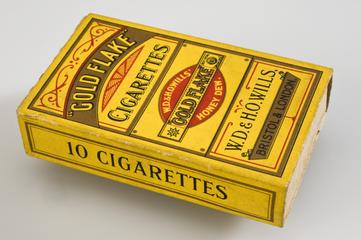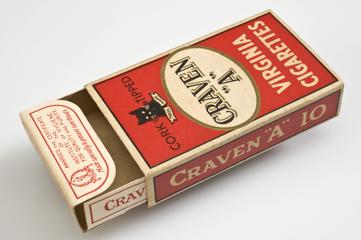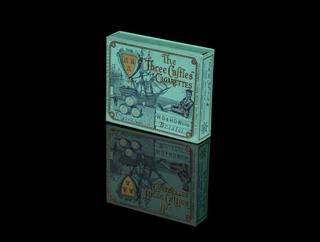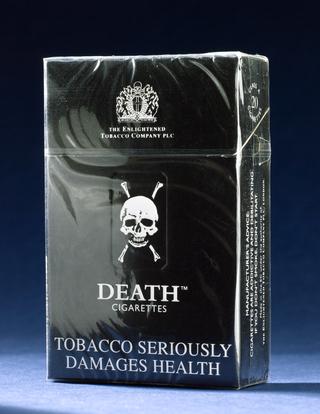
Bryant & May ‘Pearl’ safety matches, London, England, 1890-1940
- maker:
- Bryant and May Limited


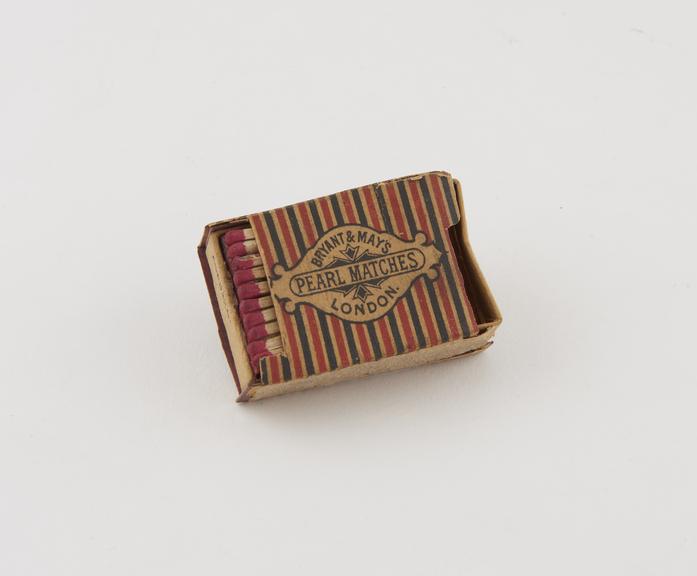

Matchbox, chipboard and paper originally holding "Pearl" safety matches by Bryant and May's, Fairfield Works, Bow, London, converted into novelty box, with spring operated well, English, 1890-1940
Match-making was a particularly dangerous job in the 1800s. Workers – mainly women – employed by companies such as Bryant & May to make matches commonly experienced a condition known as phossy jaw. This was caused by poisoning from the yellow phosphorous used in the head of the match.
Phossy jaw was a terribly disfiguring and sometimes fatal condition. Eventually, a combination of this health danger, poor pay and long hours led to the formation of a trade union for the workers. The Match Girls Strike of 1888, led by social activist Annie Besant (1847-1933), was a landmark industrial action and led to better pay. In 1901, Bryant & May finally stopped using yellow phosphorous in their matches.
Details
- Category:
- Smoking
- Collection:
- Sir Henry Wellcome's Museum Collection
- Object Number:
- A655226
- Materials:
- wood, chipboard, cardboard, paper, pine, phosphorus and metal, spring
- Measurements:
-
overall: 21 mm x 57 mm x 38 mm,
- type:
- match box
